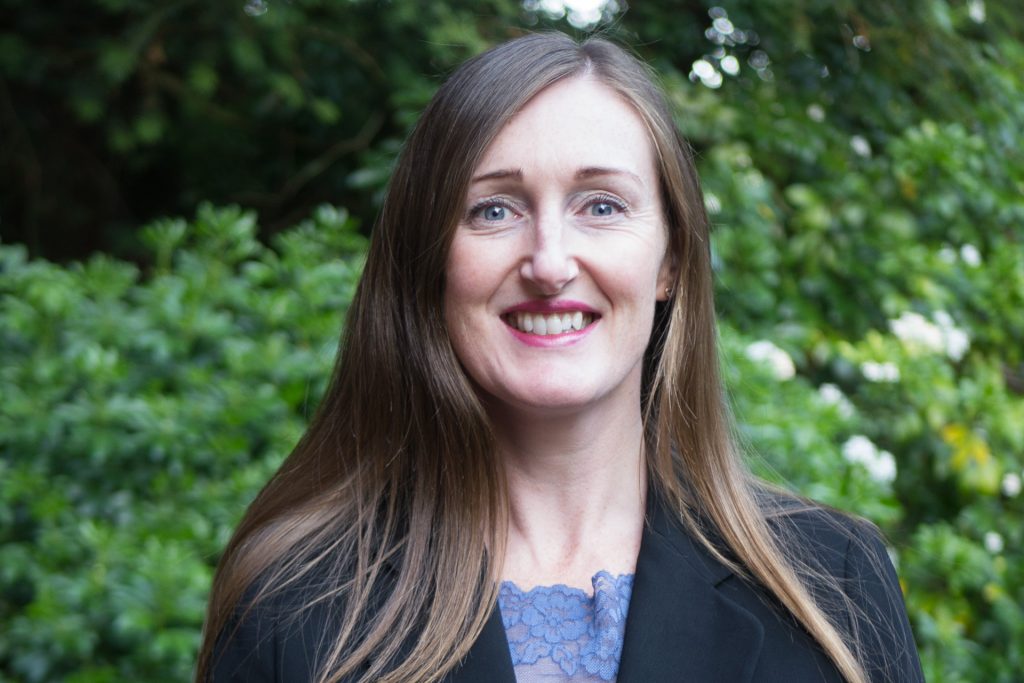
Published November 2020
Summary
Digital innovations and ‘smart’ homes are often seen as a way to provide more efficient care for older people. However, the evidence on whether these innovations actually work, or do what commissioners need them to, is sparse. This research investigates the landscape of technology available to support older people, who is buying it, and what they want from it.
There’s a perception that older people are not driving this use of digital technology themselves, and are seen as ‘passive recipients’ of external help
Dr Gemma Burgess, Principal Investigator
Digital innovations – including ‘smart’ technologies such as sensors to monitor the health of users – are often seen as a way of supporting stretched social care budgets and helping older people to remain in their own homes.
These tools are increasingly being utilised by local authorities and housing providers to support older people. Unfortunately, we’ve seen that these technological care solutions are often done ‘to’ older people, rather than ‘for’ or ‘with’ them.
Rather than driving the increasing use of technology themselves, older people are seen as ‘passive recipients’ of external help. We wanted to understand more about who and what these innovations are really designed for and whether they are genuinely effective, in order to guide better and more appropriate use in the future.

Understanding the ‘age tech’ landscape
Digital innovation in the care of older people is a new and under-researched area, with a mismatch between what the technology claims to do and hard evidence proving the benefits it brings to users, local authorities and housing providers.
There are lots of different interests and perspectives at play with regards to digital technologies to support older people. With this project, we wanted to really understand the landscape that these technologies are being developed and commissioned in, and examine whether they truly support older people.
Local authorities and housing associations all work in silos – there needs to be an awareness that this is a problem everywhere. What it needs is a top-down strategic view to try and make this a more efficient process
We started our research by trying to understand who was buying this technology, where they were getting it from, and what they were hoping to achieve by using it.
We then looked at how ‘smart’ digital tools were actually used by older people, and what for. We wanted to understand the benefits of these technologies, as well as their constraints and where improvements could be made.
Sharing knowledge
During the course of our research, we discovered a number of problems with the commissioning of this technology, from understanding user needs to assessing the effectiveness of the products.
There is a clear lack of overarching strategy and policy to help local authorities and housing providers to better assess and commission digital care technologies.
One of the problems we saw repeatedly is that local authorities and housing associations all work in silos. This is a problem everywhere, and we identified a need for a top-down strategic view.
For example, it would be useful if there was a central repository for information about the types of digital care technologies that are available for various purposes, along with the evidence to support their use, which would help care providers navigate this confusing landscape more effectively.
Reporting back
We want to support local authorities and housing associations to spend their budgets in a sustainable way that genuinely supports and benefits older people, and to build on the experience of others in the field to continuously improve outcomes.
To help achieve this, at the end of this project we will be producing a report containing policy recommendations aimed at care providers. We will also hold round-table discussion events for providers and policy-makers to share ideas and best practice.
The DMT supported this project as a 12-month pilot study. Rather than being a ‘faceless funder’, they have been very approachable. They’ve asked us if we’d like to pursue some further work with a housing association in addition to this project, so it’s great that a funder recognises our expertise and knows what we can do.
Find out more
There is a web page for the project at this link and, to learn more about the findings in greater detail, you can also read the final report.

